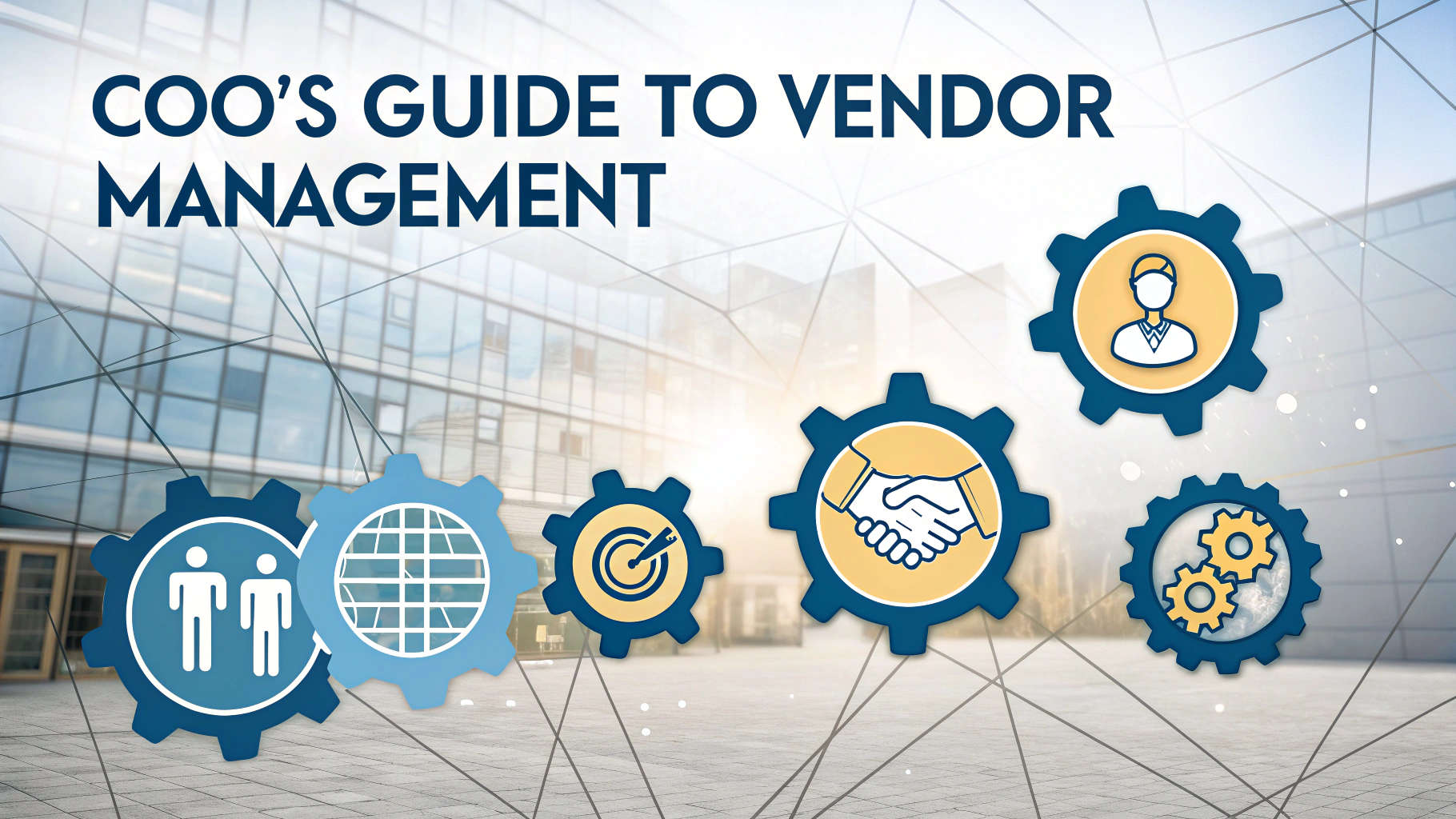Setting the right compensation package for a Chief Operating Officer requires careful consideration of industry standards, company size, and market conditions.
An effective COO compensation structure typically includes base salary, performance bonuses, equity, and various executive benefits that align with both company goals and market expectations.
This guide explores current COO compensation trends and provides practical strategies for both employers and candidates during salary negotiations.
Base Salary Ranges
The average base salary for COOs in the United States ranges from $200,000 to $450,000, depending on company size and location.
- Startups: $150,000 – $250,000
- Mid-size companies: $250,000 – $350,000
- Large corporations: $350,000 – $600,000+
Total Compensation Components
| Component | Typical Range |
|---|---|
| Base Salary | 40-60% of total compensation |
| Annual Bonus | 20-40% of base salary |
| Equity/Stock Options | 0.5-3% of company shares |
| Benefits Package | 15-25% of base salary value |
Performance-Based Incentives
- Annual performance bonuses tied to company KPIs
- Long-term incentive plans (LTIPs)
- Stock options or restricted stock units (RSUs)
- Profit-sharing arrangements
Executive Benefits Package
Standard COO benefits packages often include enhanced versions of traditional benefits plus executive-specific perks.
- Enhanced healthcare and dental coverage
- Executive life insurance
- Supplemental retirement plans
- Company car or car allowance
- Professional development funds
- Club memberships
Negotiation Strategies
Research comparable positions and companies before entering negotiations.
- Prepare market data from reliable sources like Salary.com and Glassdoor
- Document past achievements and their financial impact
- Consider the company’s growth stage and financial position
- Focus on total compensation package rather than base salary alone
Industry-Specific Variations
| Industry | Total Compensation Range |
|---|---|
| Technology | $300,000 – $1,000,000+ |
| Healthcare | $250,000 – $800,000 |
| Manufacturing | $200,000 – $600,000 |
| Financial Services | $400,000 – $1,200,000+ |
Making the Final Decision
Consider these factors when evaluating a COO compensation package:
- Company growth potential and stability
- Scope of responsibilities
- Geographic location and cost of living
- Industry-specific compensation trends
- Exit potential and equity value
Resources for Further Research
- Corporate Executive Board
- Society for Human Resource Management
- WorldatWork
- Local executive compensation consultants
Retention Considerations
Developing a retention strategy is crucial when designing COO compensation packages to ensure long-term commitment and alignment with company goals.
- Golden handcuffs through vesting schedules
- Performance-based equity refreshes
- Retention bonuses at key milestones
- Succession planning incentives
Risk Management
Implementing appropriate risk management measures in executive compensation helps protect both the company and the COO.
- Clawback provisions
- Non-compete agreements
- Severance packages
- Change-in-control provisions
Market Trends and Adjustments
Regular review and adjustment of COO compensation packages ensures competitiveness and retention.
Current Trends
- Increased focus on ESG metrics
- Remote work adjustment packages
- Flexible benefit options
- Mental health and wellness programs
Structuring for Success
A well-designed COO compensation package balances immediate rewards with long-term value creation while maintaining market competitiveness. Regular benchmarking, clear performance metrics, and alignment with company culture are essential elements for sustainable executive compensation strategies.
- Review compensation structures annually
- Maintain transparency in performance metrics
- Ensure alignment with company values
- Build flexibility for market changes
Creating Lasting Value
The key to successful COO compensation lies in creating packages that drive performance while ensuring sustainable growth and stakeholder value. Regular evaluation and adjustment of compensation structures, combined with clear communication and alignment with company objectives, provides the foundation for effective executive leadership and organizational success.
FAQs
- What is the typical salary range for a Chief Operating Officer (COO)?
Base salaries typically range from $200,000 to $450,000, with total compensation including bonuses and equity potentially reaching $1-3 million for large companies. - What factors influence a COO’s compensation package?
Company size, industry sector, geographic location, company performance, years of experience, education level, and scope of responsibilities directly impact compensation levels. - What are common equity compensation structures for COOs?
Equity typically includes restricted stock units (RSUs), stock options, or performance shares, usually ranging from 0.5% to 2% of company equity for established companies and potentially higher for startups. - How does COO compensation vary between startups and established companies?
Startup COOs often receive lower base salaries but higher equity percentages (3-7%), while established companies offer higher base salaries with more modest equity packages. - What performance metrics typically determine a COO’s bonus structure?
Common metrics include EBITDA growth, operational efficiency improvements, cost reduction targets, revenue growth, and successful implementation of strategic initiatives. - What are standard benefits included in COO compensation packages?
Standard benefits usually include health insurance, retirement plans, life insurance, disability coverage, executive health screenings, car allowances, and professional development budgets. - How often are COO compensation packages typically reviewed and adjusted?
Most companies conduct annual reviews, with major adjustments every 2-3 years based on performance, market conditions, and company growth. - What severance packages are common for COOs?
Typical severance packages include 6-24 months of base salary, prorated bonus payments, accelerated vesting of equity, and continued health benefits. - How do non-compete agreements affect COO compensation?
Stricter non-compete clauses often correspond with higher compensation, including additional severance benefits or “garden leave” payments. - What role do employment contracts play in COO compensation?
Employment contracts typically specify base salary, bonus structures, equity grants, termination conditions, and performance expectations, providing security for both parties.







